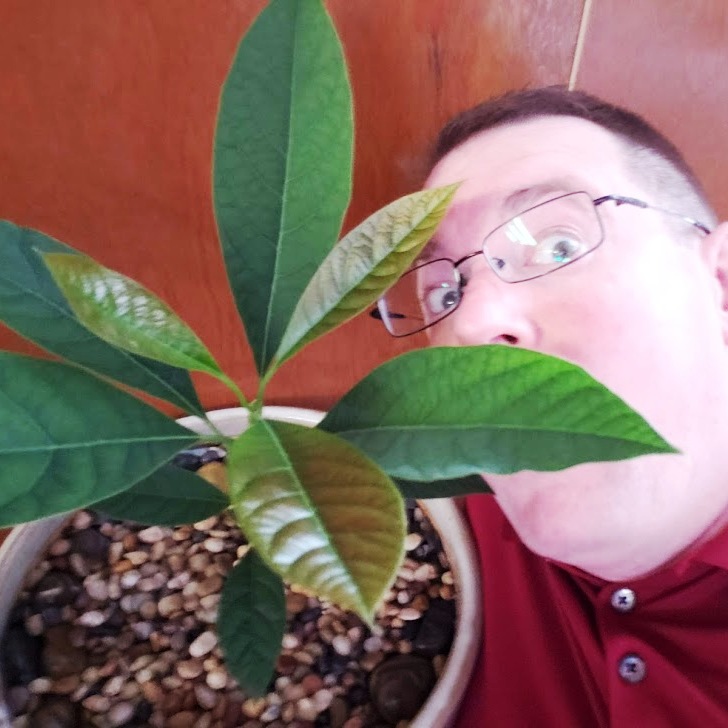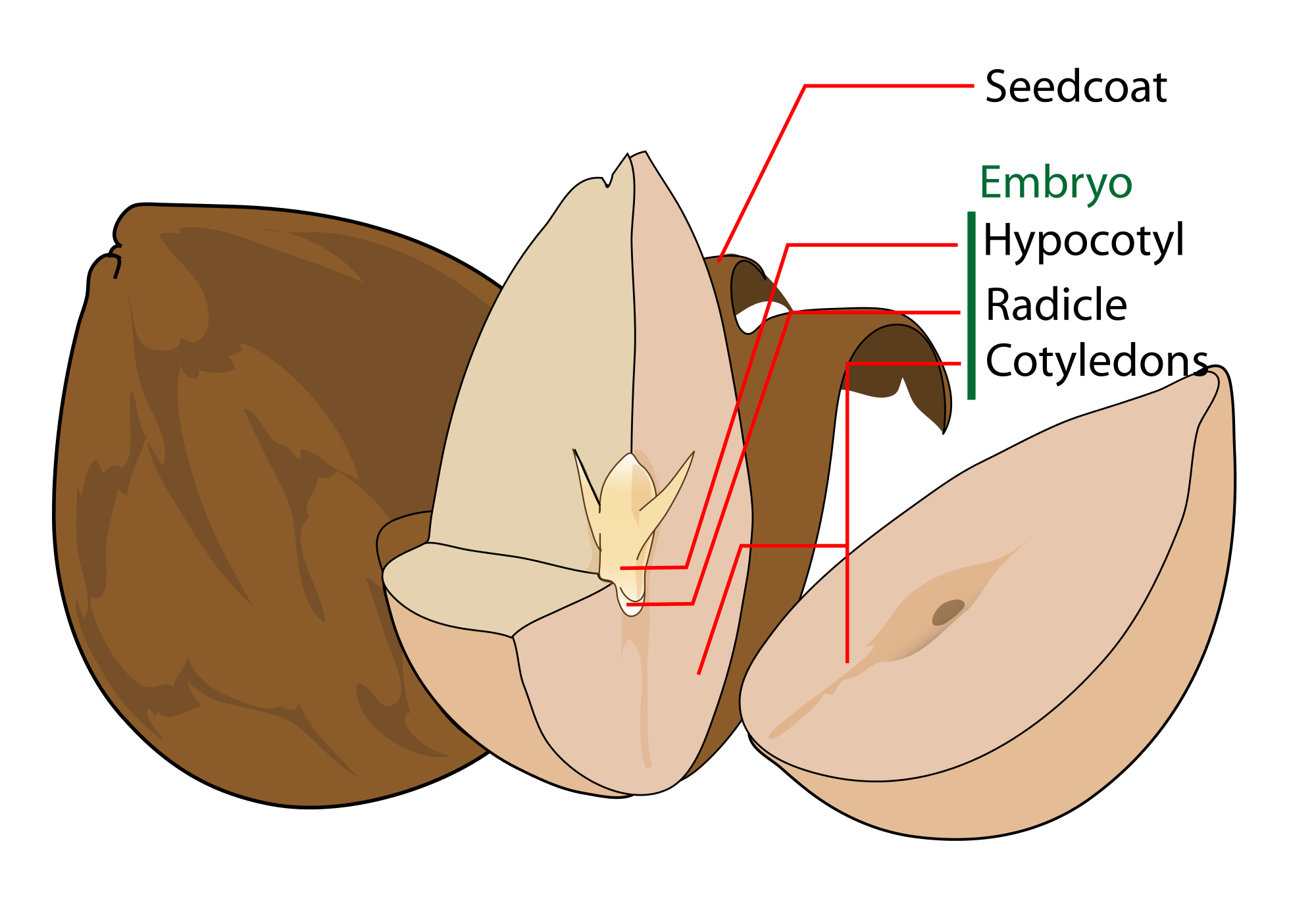My Avocado Adventure
Last January I started a project that has turned into the longest preparation ever for a post on this blog. Growing a simple avocado pit turned into a challenge that had me pulling my hair out in the beginning, and then it turned into the plant equivalent of watching paint dry. A year later I have a little avocado tree that is almost a foot tall. Yes. It took a YEAR to grow just 1 foot. Here’s the process.
To get started you’ll need to make some guacamole. Really. You can start with the pit from any type of avocado. After multiple failures, my avocado, Andy, sprouted from a pit I got from the organic produce section at the grocery store. The others I attempted might’ve sprouted too had I not made multiple rookie mistakes.
Next is one of the most annoying steps. Peeling the pit. The pit is covered in a thick, papery seed coat that needs to be removed. Once exposed to the air, this outer layer will harden into a practically impenetrable shell if it isn’t removed. Luckily, cutting around the pit of an avocado with a sharp knife to open it scores the outer layer just enough to get you started. Then it’s just a matter of patience and using your thumbnail to peel it away. Sometimes they’ll peel away easily in huge, satisfying sheets and other times it will come off in annoyingly tiny pieces.
Now take three toothpicks and stick them into the pit to make a sort of reverse tripod. You’re going to suspend the pit over the top of a glass, vase or jar so just the bottom comes in contact with water. The bottom? There is a “top” and “bottom” to the pit. Having it upside down (guilty here) will result in failure. The bottom of the pit is the fat end, and the top is narrower. This can be easy to identify if your pit is more egg-shaped, but some pits can be almost completely round. So another way to find the bottom is to find the seam between the two halves of the pit – the cotyledons. Where they join together is the bottom of the seed. Also, avoid sticking toothpicks into or through this seam.
It’s time to water and wait. Put the jar in an area that gets some light, but not direct sunlight. Your kitchen counter is a great spot. It can take up to six weeks for the pit to germinate and start to show signs of life. I know I threw away my first couple attempts too early. Eventually, you’ll see it start to split open down the seam. It might even look like it’s going to completely fall apart. Don’t worry though, it’s still held together in the middle by the hypocotyl and radicle. After another week or so you’ll see a root starting to grow downward and the first signs of a stem start to appear.
Once you start to see a definite stem appearing, begin moving the jar closer to a south-facing window. You want to take this slow to avoid giving the new shoot a sunburn. Gradually, you’ll start to see it greening up and maybe the first signs of leaves at the top. Once it reaches six inches tall after a few months of growth, it’s time to trim it back to three inches. This might sound scary, but it will help the stem get stronger. You’ll also notice that this helps trigger the roots to start branching too.
Finally comes transplanting. When your avocado reaches six inches again, it will be time to transplant it. I recommend going with a big, deep pot. Although it might be small now and it’s taken nearly a year to get to this point, it is still a tree. Trees get big! Plant it so that the top of the pit is even with the surface of the soil. Keep it well watered for the first couple weeks. Until this point it has been growing totally in water, and it needs to slowly transition into soil. You’ll know when it’s taken root because will produce a set of new, bigger, and greener leaves if it’s happy.
Avocados can’t survive temperatures below freezing, so here in West Virginia Andy will always be an indoor plant enjoying the view out of a sunny window. Trimming your avocado tree occasionally will help keep it compact and promote branching. This results in a bushy, fuller looking specimen. The chances it will ever fruit indoors are slim, and it can take an avocado grown from seed up to 13 years to fruit so it is more of an ornamental plant. This plant is more about the journey.
Over the years I’ve grown hundreds of plants indoors, and I’ve never given one a name. Andy is different. I’ve never had to invest so much time and patience into growing something. We’ve been through a lot together over the last year. If you’re looking for something to challenge your skills as a gardener, start with some guacamole.
Starting an Avocado Tree 🌱 (The video clears up after about a minute.)
Posted by Bob's Market & Greenhouses, Inc. on Friday, February 8, 2019



